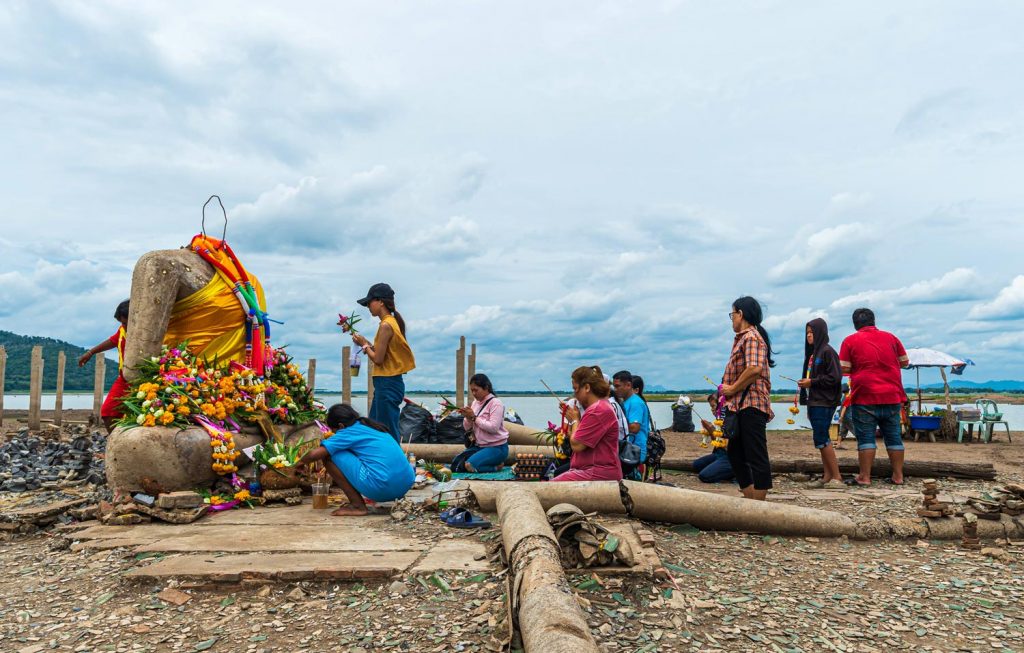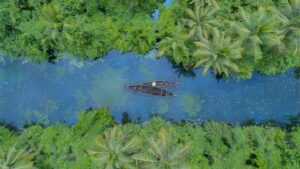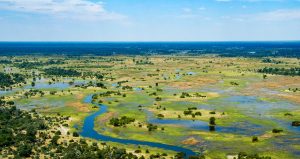Applying a Human Rights-Based Approach to transboundary infrastructure projects
Are large infrastructure development projects possible while maintaining respect for human rights to local communities and other concerned parties?

Dams and hydropower plants produce clean, renewable energy, which is indispensable to meet an increasing demand for electricity, while limiting the impact of climate change. There are, however, inevitable trade-offs between the benefits such developments can bring and the negative socio-ecological impacts likely to be caused to local communities and other concerned parties during their construction and use.
This policy brief draws from ongoing research in elevating key human rights aspects across the conception, development, and implementation of large-scale water infrastructure projects in transboundary settings. It demonstrates how adopting a Human Rights-Based Approach helps ensure that dam-based developments causes the minimum gendered or intergenerational impacts.



